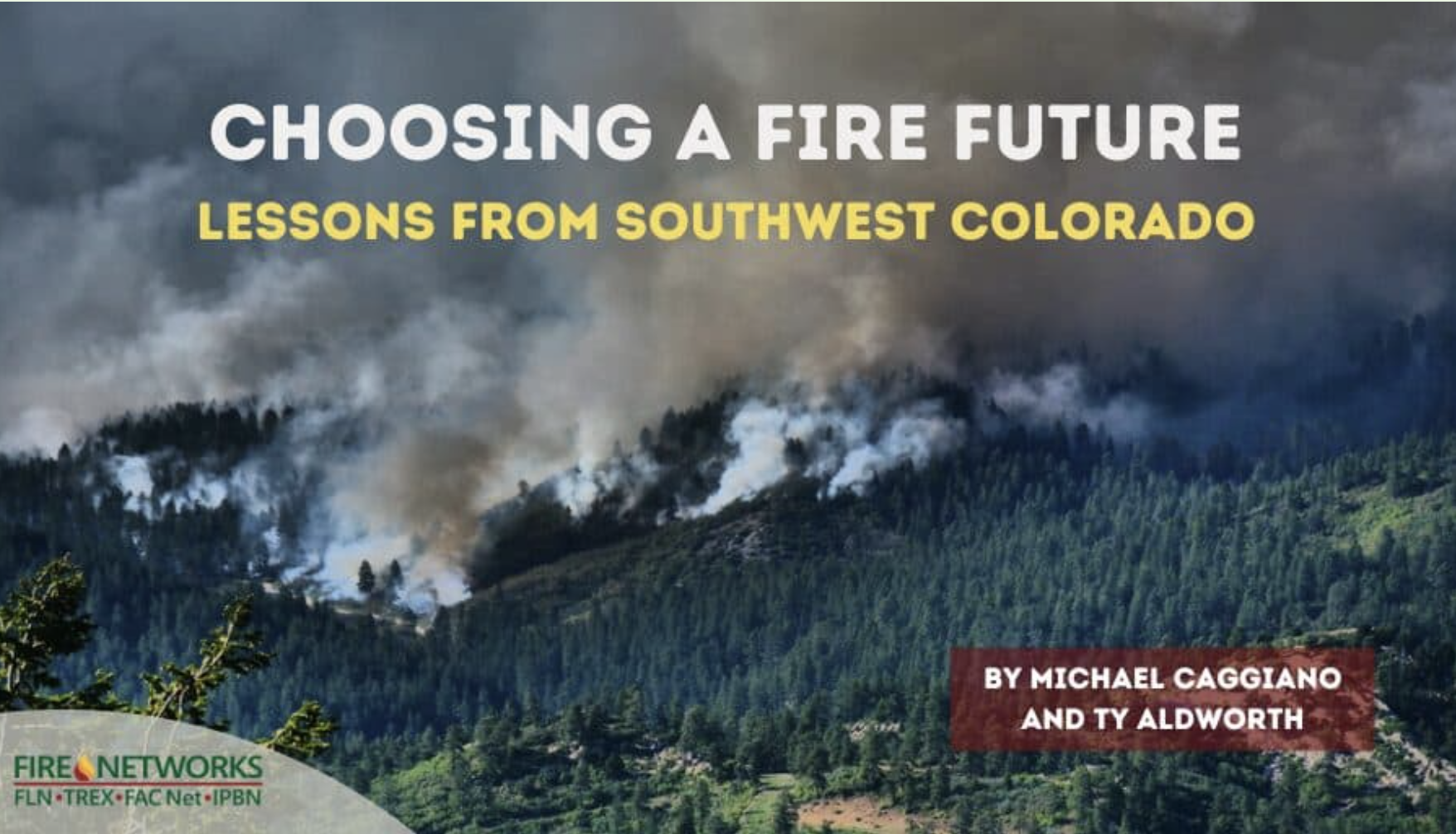-
Estimating masticated and cone fuel loads using the Photoload method
Understanding fire behavior requires a complete picture of forest fuelbeds, yet traditional modeling methods often overlook key components like masticated fuels and cones. This article explores how these overlooked elements […]
-
Location, location, location: Snowpack storage and runoff timing in burn scars depend on site and terrain
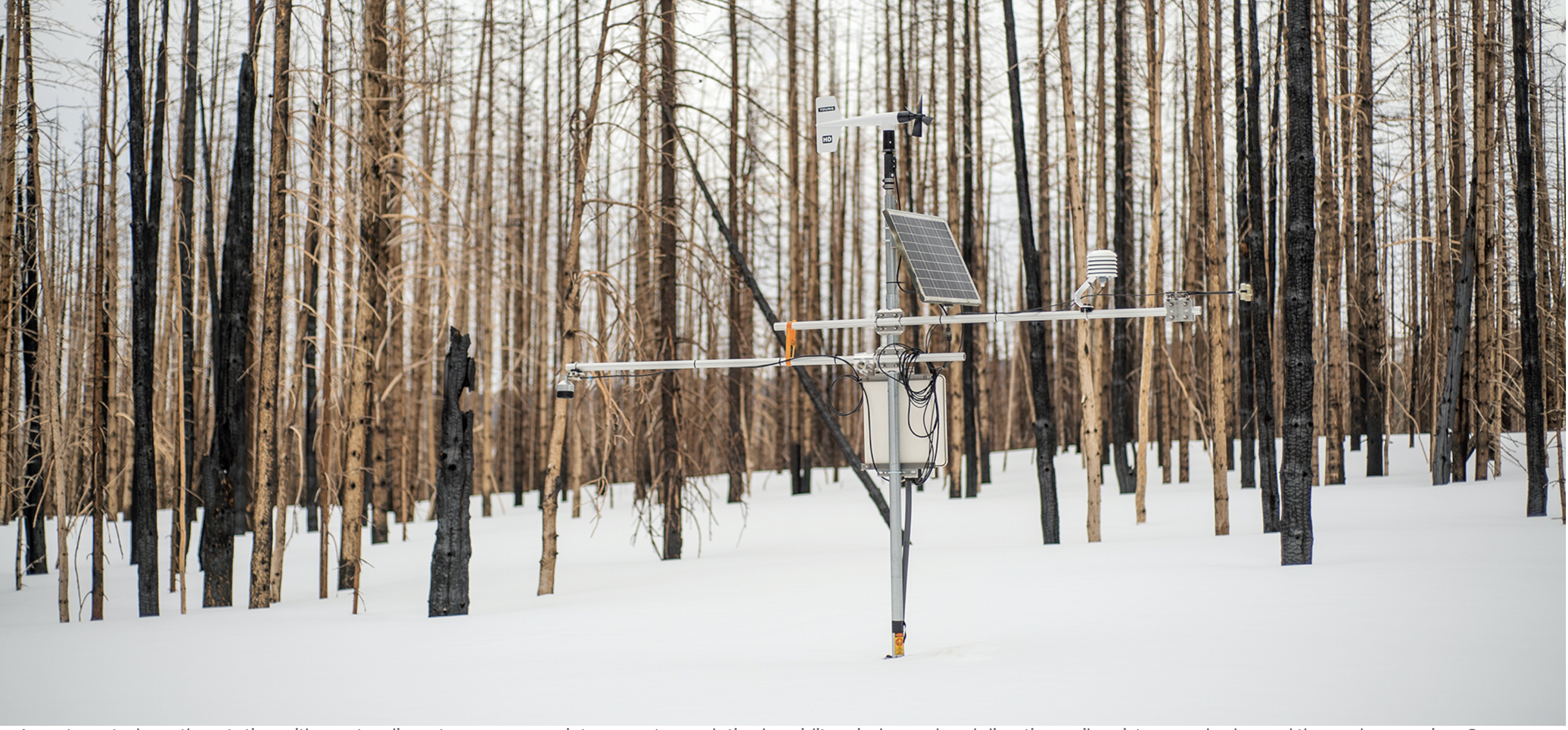
Discover how the 2020 Cameron Peak Fire altered snowpack behavior in Colorado’s mountains, affecting water availability across the U.S. West. Article Publication
-
Wildfire smoke exposure boosts risk of mental illness in youth
Each additional day of exposure to wildfire smoke and other extreme forms of dirty air boosts the risk of mental illness in youth a little more, according to a new […]
-
Number of trees that die years after wildfire likely bigger than thought, research shows
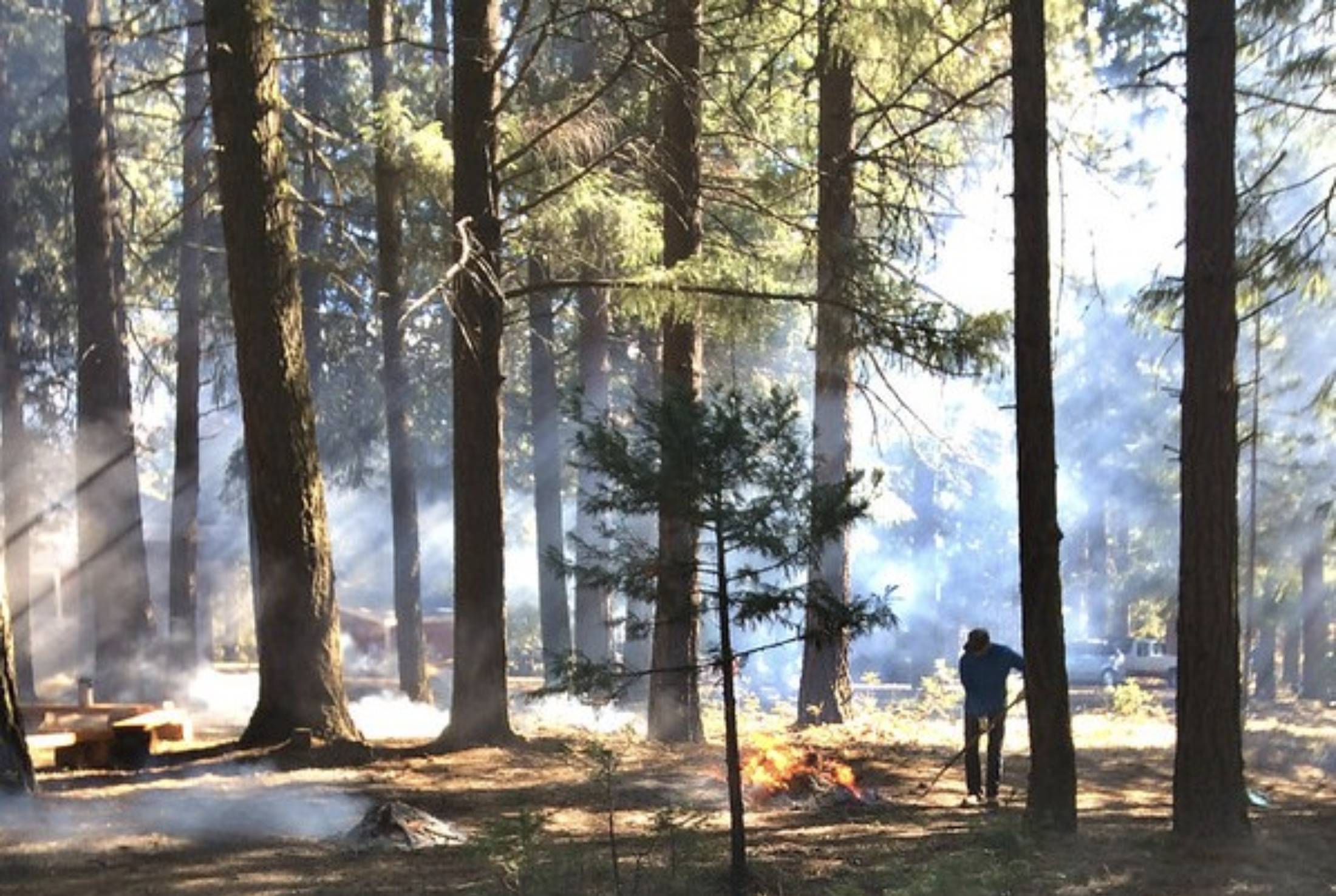
Recent research reveals that trees can continue to die for up to five years following a wildfire, suggesting that current post-fire assessments may underestimate long-term tree mortality. Read more HERE
-
Canada Under Fire – Drivers and Impacts of the Record-Breaking 2023 Wildfire Season
Canada’s 2023 wildfire season was the largest and most intense on record, burning over 15 million hectares , more than seven times the national average. Fueled by drought, early snowmelt, […]
-
2023 Report on the Health of Colorado’s Forests
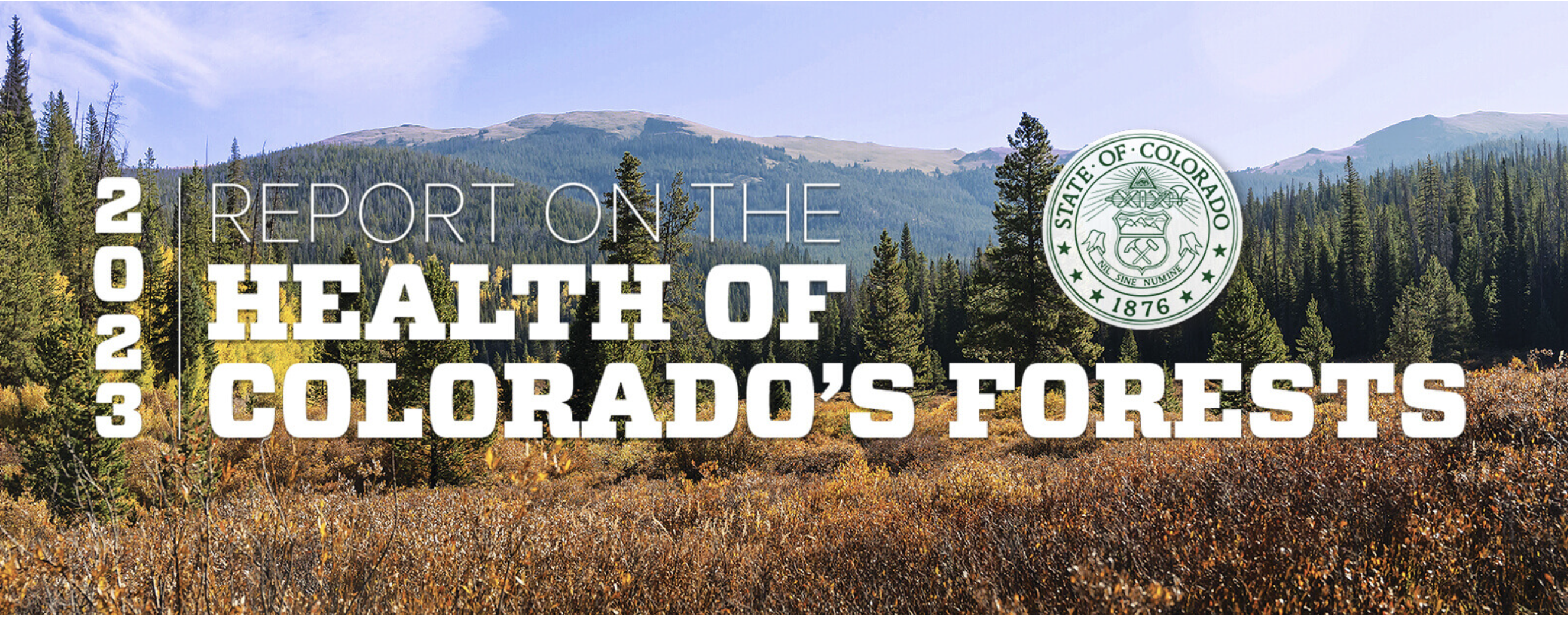
This report explores how Colorado State Forest Service works with communities throughout the state to better its forests. Read up on forest health conditions in 2023 and what actions CSFS […]
-
Smoke 101 and differences between wildfire and prescribed fire smoke in the western U.S.
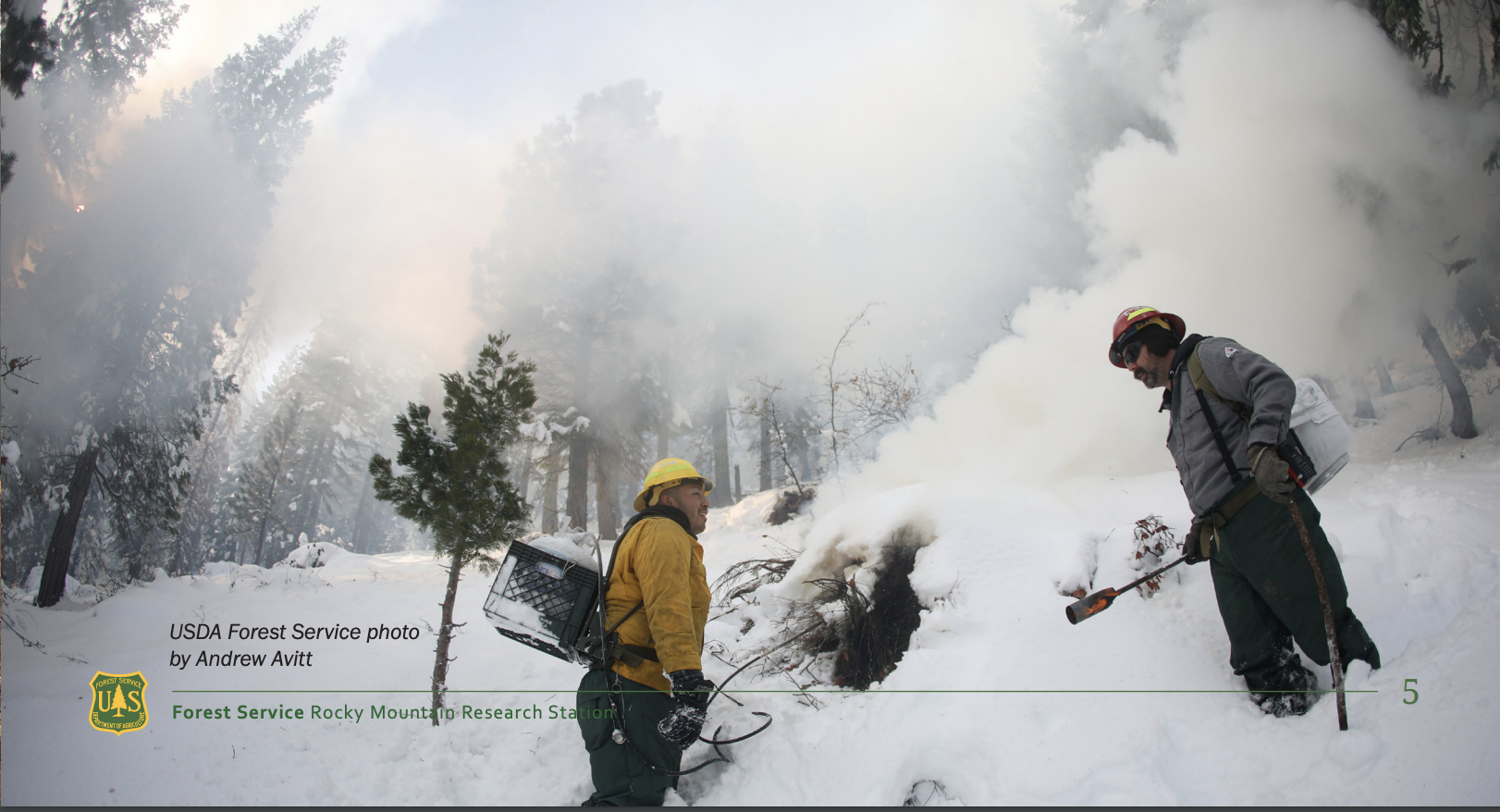
Rocky Mountain Research StationScience You Can Use 101 Read about the challenges concerning public health, land managers, and air quality regulators surrounding smoke from fire HERE Also check out the […]
-
Managed Wildfire: A Research Synthesis and Overview
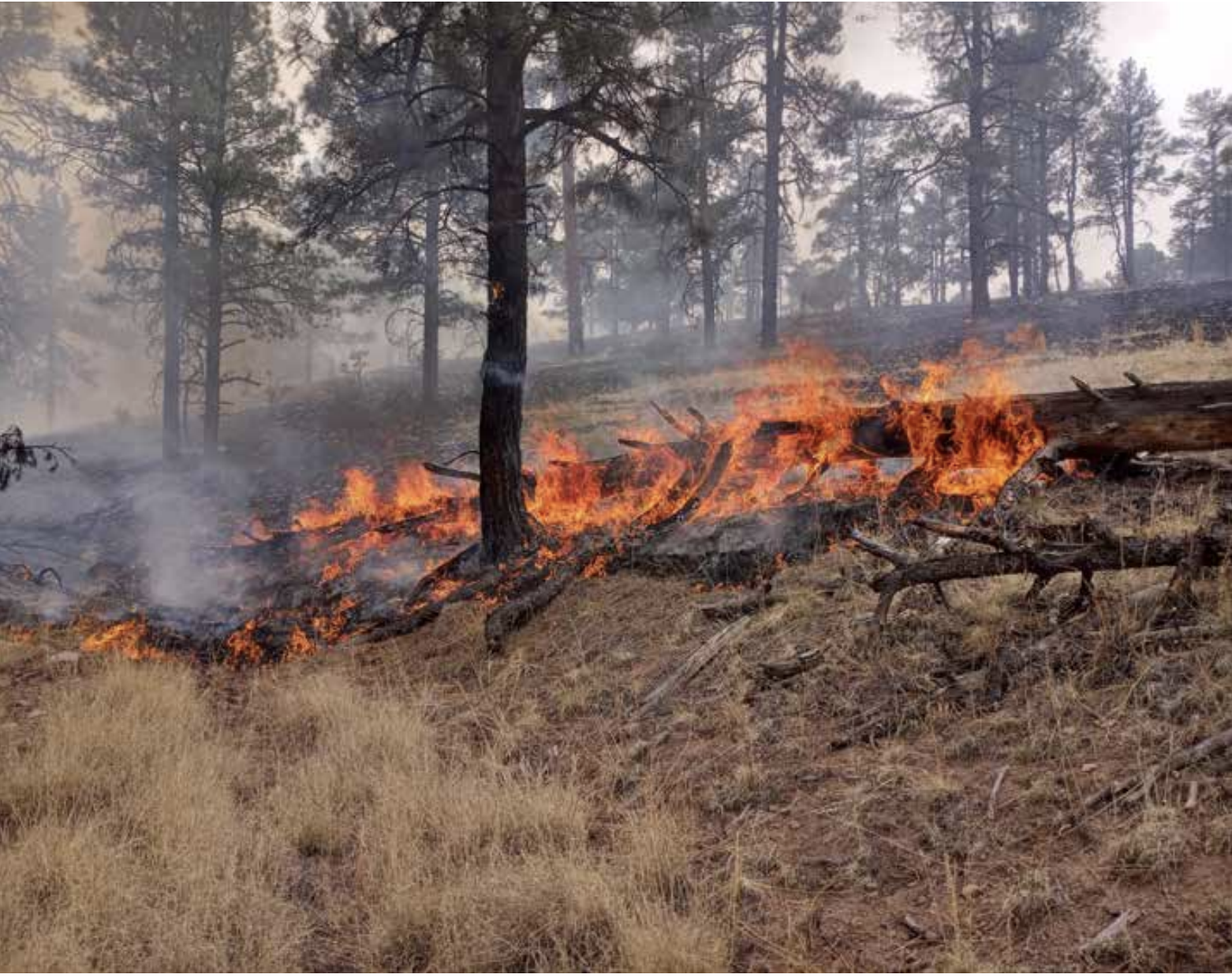
APRIL 2023 An in-depth review of managed wildfire touching on the history, surrounding policies, and the future of managed fire. Read more HERE
Categories
- Article/Book/Chapter
- Course/Curriculum
- Education & Training
- Highlights
- Maps, Models, and Apps
- Newsletter/Digest
- Pre and Post Emergency Resources
- Publication
- Research Brief/Synthesis
- Technical Report
- Uncategorized
- Video
- Video & Audio Resources
- Webinar
- Website
Archive
- May 2025
- April 2025
- March 2025
- February 2025
- January 2025
- November 2023
- October 2023
- September 2023
- May 2023
- April 2022
- March 2022
- February 2022
- January 2022
- October 2021
- August 2021
- July 2021
- May 2021
- March 2021
- February 2021
- January 2021
- December 2020
- November 2020
- October 2020
- September 2020
- August 2020
- July 2020
- June 2020
- May 2020
- April 2020
- March 2020
- July 2019
- July 2018
- June 2018
- October 2017
- September 2017
- June 2017
- April 2017
- March 2017
- November 2016
- October 2016
- August 2016
- May 2016
- April 2016
- November 2015
- October 2015
- September 2015
- June 2015

